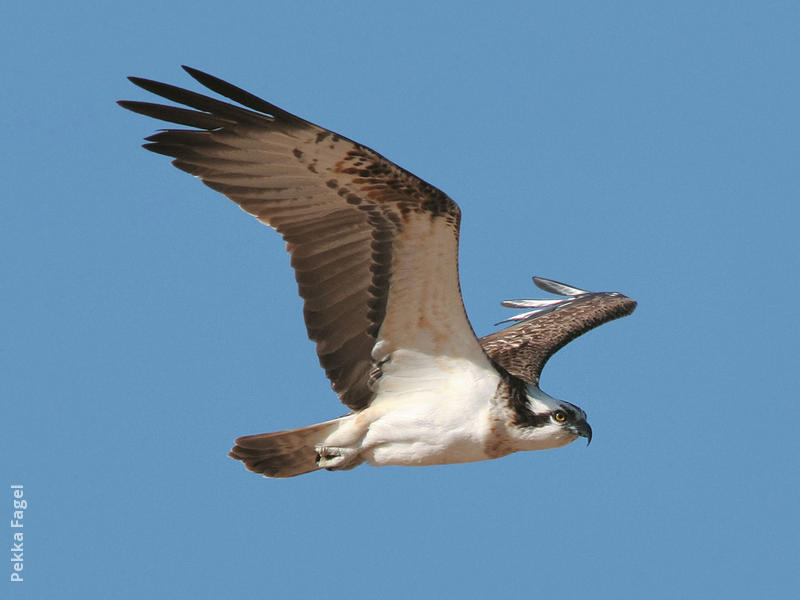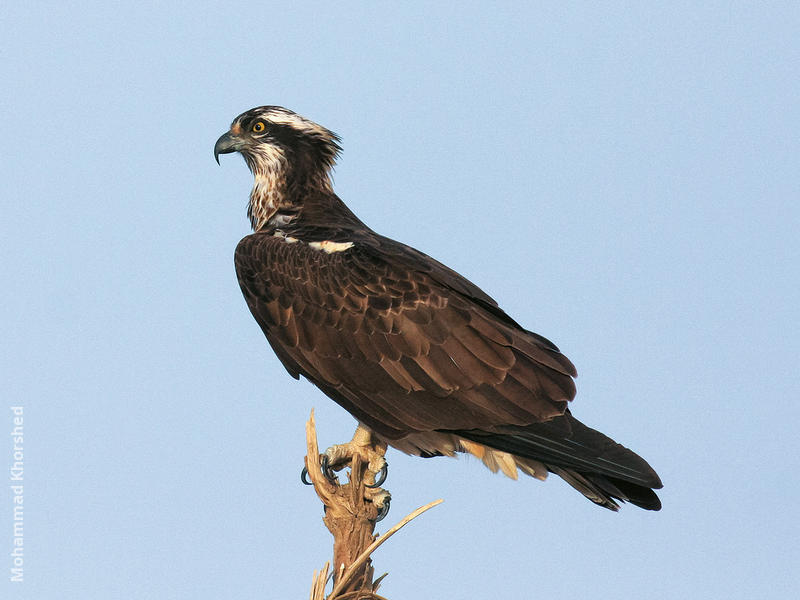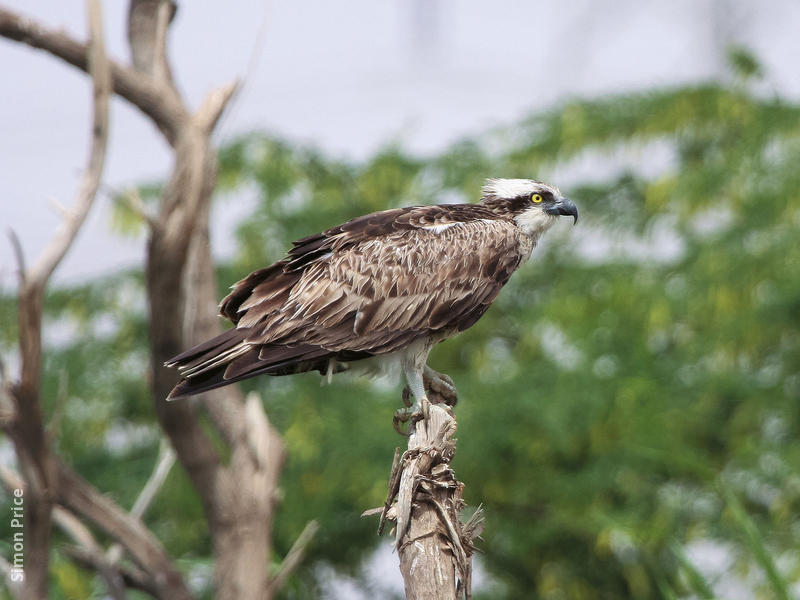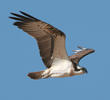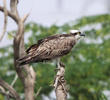- ‹ previous
- 55 of 415
- next ›
Recordings
Scientific Name
Pandion haliaetus
Arabic Name
العقاب النسارية الغربية
Kuwaiti name
عقاب , بوحقب
Family
Information
Scarce passage migrant and rare winter visitor. A very specialized diurnal raptor that feeds almost exclusively on fish. Its toes are of equal length, its tarsi are reticulate, and its talons are rounded, rather than grooved. The Osprey is the only raptors whose outer toe is reversible, allowing them to grasp their prey with two toes in front and two behind
Where in Kuwait
Always seen near water; both inland and coastal and normally on it's own.
In the world
It is found on all continents except Antarctica although in South America it occurs only as a non-breeding migrant. It possesses specialised physical characteristics and exhibits unique behaviour to assist in hunting and catching prey.
Local threats
Osprey populations declined drastically in many areas in the 1950s and 1960s; this appeared to be in part due to the toxic effects of insecticides such as DDT on reproduction. The pesticide interfered with the bird's calcium metabolism which resulted in thin-shelled, easily broken or infertile eggs. Possibly because of the banning of DDT in many countries in the early 1970s, together with reduced persecution, the Osprey has made significant recoveries.


